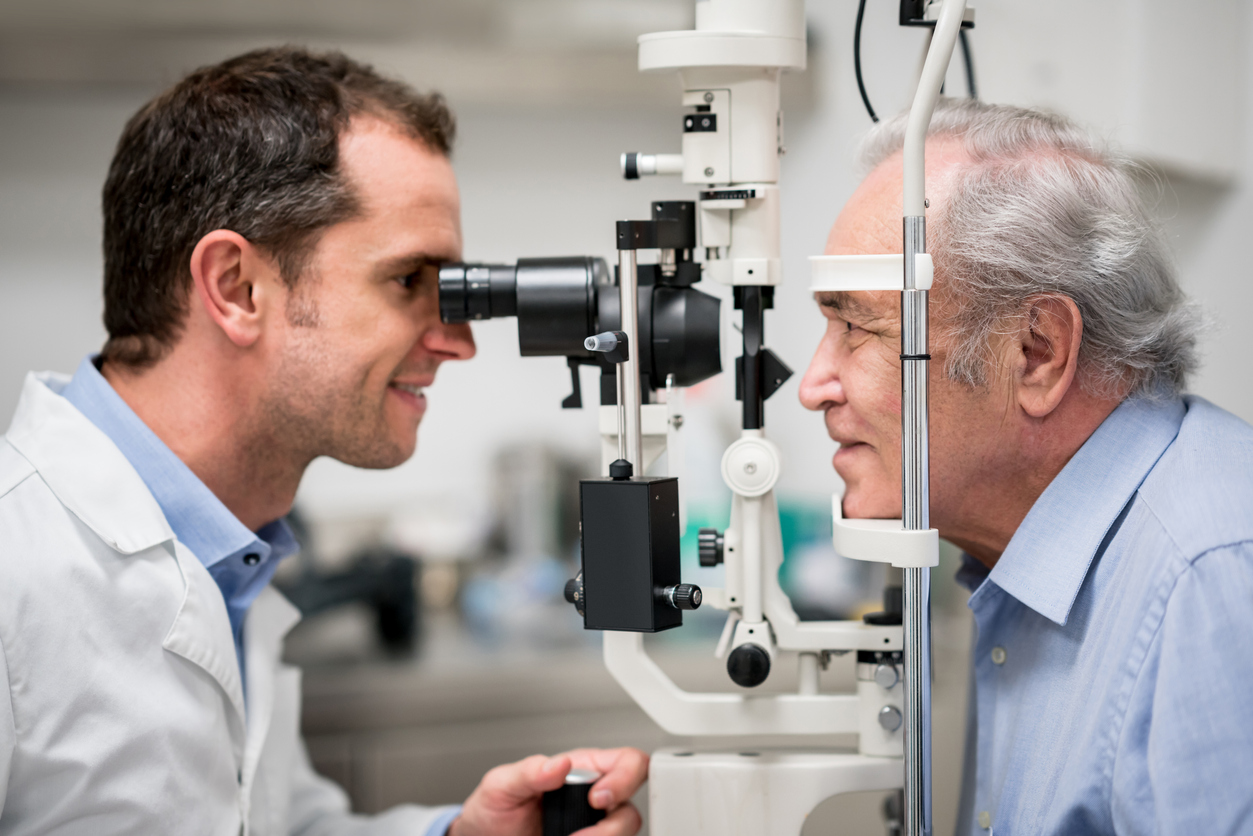Tonic Pupil Syndrome: Symptoms, Causes, Treatment
What are the symptoms of tonic pupil syndrome?
Tonic Pupil Syndrome, also known as Adie’s Pupil or Adie’s Syndrome, is characterized by several symptoms, including:
- Pupil abnormalities: The affected pupil is usually larger (dilated) than the other pupil (anisocoria) and reacts slowly to light. The pupil may also constrict (get smaller) when focusing on a near object, a condition known as “light-near dissociation.”
- Blurred vision: Some individuals with Tonic Pupil Syndrome may experience blurred vision, particularly when reading or performing close-up tasks.
- Loss of deep tendon reflexes: In some cases, people with Tonic Pupil Syndrome may also have reduced or absent deep tendon reflexes, especially in the Achilles tendon.
- Slow accommodation: Accommodation is the process by which the eye changes focus to see objects at different distances. People with Tonic Pupil Syndrome may have slow accommodation, leading to difficulty focusing on near objects.
- Photophobia: Some individuals may experience sensitivity to light (photophobia) due to the dilated pupil.
- Headache: Headaches, particularly after prolonged close-up work, may occur in some individuals.
It’s important to note that not all individuals with Tonic Pupil Syndrome will experience all of these symptoms, and the severity of symptoms can vary. If you experience any of these symptoms, especially changes in pupil size or reactions, it’s important to see an eye care professional for an evaluation and proper diagnosis.
What are the causes of tonic pupil syndrome?
Tonic Pupil Syndrome, also known as Adie’s Pupil or Adie’s Syndrome, is thought to be caused by damage to the parasympathetic nerves that control the muscles of the iris (the colored part of the eye) and the muscles that constrict the pupil. The exact cause of this nerve damage is not always clear, but several factors may contribute to the development of Tonic Pupil Syndrome, including:
- Viral or bacterial infections: Tonic Pupil Syndrome may be associated with viral or bacterial infections that affect the parasympathetic nerves, such as herpes simplex virus or varicella-zoster virus.
- Trauma: Trauma to the eye or head, such as a blow to the eye or head injury, may damage the parasympathetic nerves and lead to Tonic Pupil Syndrome.
- Autoimmune disorders: Some autoimmune disorders, such as Guillain-Barré syndrome or Sjögren’s syndrome, may lead to inflammation and damage to the parasympathetic nerves.
- Idiopathic: In some cases, the cause of Tonic Pupil Syndrome is not known (idiopathic).
- Neurological conditions: Certain neurological conditions, such as Parkinson’s disease or multiple sclerosis, may be associated with Tonic Pupil Syndrome.
- Genetics: There may be a genetic predisposition to developing Tonic Pupil Syndrome, as it appears to run in some families.
- Toxins: Exposure to certain toxins, such as heavy metals or chemicals, may damage the parasympathetic nerves and lead to Tonic Pupil Syndrome.
It’s important to note that the exact cause of Tonic Pupil Syndrome can vary from person to person, and in some cases, the cause may not be identified. If you have been diagnosed with Tonic Pupil Syndrome, it’s important to work with your healthcare provider to determine the underlying cause and develop an appropriate treatment plan.
What is the treatment for tonic pupil syndrome?
The treatment for Tonic Pupil Syndrome, also known as Adie’s Pupil or Adie’s Syndrome, depends on the symptoms and their impact on daily life. In many cases, Tonic Pupil Syndrome does not require treatment, especially if the symptoms are mild and do not interfere significantly with vision or daily activities. However, if treatment is needed, it may include:
- Prescription glasses or contact lenses: Corrective lenses may help improve vision and reduce symptoms of blurred vision in individuals with Tonic Pupil Syndrome.
- Pilocarpine eye drops: Pilocarpine is a medication that can help constrict the pupil and improve near vision in individuals with Tonic Pupil Syndrome. It is usually used in low concentrations and can be applied to the affected eye as eye drops.
- Vision therapy: Vision therapy may be recommended to help improve eye muscle coordination and visual skills, especially if Tonic Pupil Syndrome is causing difficulties with focusing or reading.
- Monitoring and follow-up: Regular monitoring by an eye care professional is important to assess the progression of Tonic Pupil Syndrome and adjust treatment as needed.
- Management of other symptoms: If Tonic Pupil Syndrome is associated with other symptoms, such as headache or photophobia, treatment may be focused on managing these symptoms.
In some cases, Tonic Pupil Syndrome may be associated with underlying conditions, such as autoimmune disorders or neurological conditions. In these cases, treatment may also be directed at managing the underlying condition.
It’s important to work closely with an eye care professional to determine the most appropriate treatment for Tonic Pupil Syndrome based on individual symptoms and needs.




